 Last October, I referenced an enjoyable, local-flavored book by Alyce T. Weinberg entitled Spirits of Frederick County. From its pages comes the interesting tale of “Sir Edward,” the supposed ghost of Lt. Edward McPherson. He was alleged, for many years, to be a “spirit in residence” at Auburn mansion, located near Catoctin Furnace, a few miles south of Thurmont in northern Frederick County. Each night, the mysterious sounds of someone slowly climbing the back servants’ stairway of the 19-room, colonial home could be heard by descendants of the McPherson family of which Edward belonged. Auburn was built in 1808 by Col. Baker Johnson after purchasing the Catoctin Furnace iron enterprise. The stately home still stands today, and can be seen up on a slight bluff overlooking US15 from the west, near the intersection with Auburn Road and MD806/Catoctin Furnace Rd. Baker Johnson was born in Calvert County in 1747. He came to Frederick from his native Calvert County with brothers (Governor) Thomas, James and Roger. Baker immediately became a stalwart in the community, and lead troops in the American Revolution. One of his business ventures included ownership of the Catoctin Furnace, constructed decades prior by brothers Thomas and James. His involvement would be brief as he died in 1811 at the age of 63. The house and furnace operation would be sold, and eventually would come to be owned by Col. John McPherson and son-in-law, John Brien. These fellows had extensive real estate holdings in the area and were well-versed in operating iron furnaces. You may be familiar with some of their handiwork in downtown Frederick as they were responsible for building the elaborate “Ross and McPherson” homes on Counsel Street adjacent Frederick City Hall. These are owned by members of the Mathias family today.  Margaret McPherson (1892-1977) and husband Clement E. Gardiner, Jr. (1889-1931) on their wedding day in 1916 Margaret McPherson (1892-1977) and husband Clement E. Gardiner, Jr. (1889-1931) on their wedding day in 1916 So, who was this “Sir Edward,” and why was/is he at unrest, and stirring up trouble for Auburn? We’ll get to Lt. McPherson’s unfortunate death at the age of 21, but first let’s tackle the ghost tale. I consulted with my friend Chris Gardiner in an effort to gain additional context on the subject. Chris’ paternal grandmother, Margaret McPherson Gardiner, (later Donaldson with a second marriage), was kin to “Sir Edward” and a long-time resident of Auburn. Late at night, she regularly heard what she thought to be Edward’s melancholy, yet dutiful, ghost climbing the stairs and taking pause outside her bedroom door, as if to ceremonially guard it throughout the overnight. Chris’ father, (and Margaret’s son) Clement Gardner, III, dismissed the notion of a ghost as an “old wives’ tale.” He gave his mother, along with Chris and his siblings, a scientific explanation for the “haunting” sounds on the back stairway, saying that it was simply a function of pressure and its effect on elements found within an historic, old house. He told his mother that the sounds stopped at her door because she had a newly installed floor in there. Chris enjoyed both versions of the story, but most of all, marveled at his amazing lineage, linking him to family members of the past with interesting ties to the once-flourishing Catoctin Furnace. Chris, himself, has such a connection as he currently serves as president of the Catoctin Furnace Historical Society. I have had plenty of past workings with this fine organization, and also had the chance to spend an afternoon within Auburn back in the year 2000 as I was engaged in a video interview with Chris’ father for a documentary I was producing on Thurmont history. It was daytime, not night, and the only creaks and bumps I heard were those coming from my stomach as I had missed eating lunch because my morning interview with another individual had run long. In Alyce Weinberg’s book, an 80 year-old woman named Caroline McGill also gives an account of interactions with Edward McPherson’s ghost: “When I was a mere child,” she said, “I often visited Auburn, which was the home of the local minister, Reverend Ernest McGill, whose son I later married (William McPherson McGill). We children would be sent to nap in the afternoon in an upstair, back bedroom, but sleep was out of the question. We would bury ourselves in the canopied four-poster featherbed, completely hidden under the covers, and whisper and giggle while we listened for the sound of dragging feet limping up the back steps, a sword or something bumping all the way. I never saw “Sir Edward” because I was too afraid to look. But the others told me they did.” The sword in question was actually a sword's scabbard (holder), a prized family heirloom that resided in the house—the actual scabbard of Lt. Edward McPherson. Also on the premises, until a few years back, was a daguerreotype of McPherson in his military uniform, and holding the sidearm. Chris vouches for the authenticity of both of these items. “The scabbard and vintage photo went up for auction a few years back, and fetched a pretty penny,” he said. “The auctioneer had done his homework in researching Lt. McPherson’s military career.“ I, too, researched a bit of McPherson’s military career last spring in preparation for a course I was teaching for Frederick Community College’s Institute for Learning in Retirement. The class was entitled “Frederick County’s Ties to the Old, Wild West,” and I particularly zeroed in on Lt. Edward McPherson and his service in the Mexican War in the army of Gen. Winfield Scott. I had first learned of McPherson being buried here in Mount Olivet, but my initial intrigue for his story was linked to the fact that he met his final demise thanks to a gentlemen’s duel, rather than a noble showing on the battlefield. Edward Smith McPherson was born February 28th, 1827 in Frederick at his family’s estate of Prospect Hall, the grand home west of downtown built by his grandfather, Col. John McPherson. I have also found our subject listed as Edward B. McPherson, and I am wagering that the “B” stood for Brien. There was an older cousin living here that also held this name, so I’m guessing that is cause for multiple monikers. Apparently our Edward was not overly endeared by his father, Dr. William Smith McPherson, Sr. He was, however, favored by his brother, Dr. William Smith McPherson, Jr. and his McPherson nieces and nephews living at Auburn during his lifetime, and long after. The earlier mentioned Margaret McPherson Gardiner was Dr. W. S. McPherson, Jr’s granddaughter. It’s such a tangled web to keep straight, as the McPhersons and Johnsons have connections to so many early Frederick families. Regular readers of this blog may recall a story published last fall on the Fitzhugh family, also one-time owners of Auburn and Catoctin Furnace, who intermarried with the McPherson family. They were responsible for hiring Dr. W.S. McPherson, Jr. to provide medical care for furnace workers of the mid-19th century. “Sir Edward” Goes to War As one of the youngest sons in his immediate family, the “prospect” of land and other holdings, including Prospect Hall, coming into his inheritance were out of the question. Edward had studied law, but was reckoned to make a name for himself through military service. McPherson’s opportunity would come on Monday, March 1st, 1847. In his diary, Frederick resident Jacob Engelbrecht made an entry for the day in question: “Ho, for Mexico. Captain Richard T. Merrick of U.S. Dragoons is now in town recruiting a company for the Mexican War. The rendezvous is opposite our shop in Mrs. Rachel Steiner’s house. I am told he has 25 men enlisted already, among which are Sergeant Edward B. McPherson, Greenbury Froschauer, John Mulhorn, William L. Schley, 1st Sergeant, Frank Schelhausen, 2nd Sergeant & orderly, Allen Ezra, C. W. Burkhart, Allen Albaugh, John W. Burkhart, Thomas William Brightwell, Adam L. Eichelberger, Hy Jeff Favorite, Peter Galwith, Martin Hager, Alexander Hager, Amos Hall, Harritt, George W. Hussey, Martin larch, George Lawd, John H. McHenry, Basil P. Nelson, William H. Ott, John Phelps Shankley, Jacob Silvers, Ferdinand Schultz, John Jacob Snouffer, John A. Sweikeffer, South Frederick Vallo Warthen, William T. Taylor, Oliver P. Fowler, John Steel, Reuben B. Caxley, Charles W. Green, Thomas S. Smith, Hugh Barns. A few weeks later, Engelbrecht noted that the group left Frederick on March 17th, 1847 at 1 o’clock PM. Just over a week before leaving town, McPherson had been promoted to the rank of 2nd Lieutenant of the 3rd Regiment of Dragoons. This occurred on March 8th, as his appointment had been approved by the President of the United States, James K. Polk, and US Senate. The original documents, including his hand-written acceptance letter and signed “Oath of Allegiance to the United States,” still survive in the National Archives.  The "United States Regiment of Dragoons” was organized by an Act of Congress on March 2nd, 1833. This came after the disbandment of United States Mounted Rangers and Riflemen. It became the "First Regiment of Dragoons" when the Second Dragoons was raised in 1836. Years later in 1861, with the outbreak of the American Civil War, the War Department had a desire to re-designate and re-organize its mounted units. This which would lead to the name change of "First Regiment of Cavalry" by yet another Act of Congress. The First Dragoons headquarters were initially established at Jefferson Barracks in 1833, near St. Louis, Missouri. This is where I assume Lt. Edward McPherson and his Frederick comrades would be destined for a brief basic training. McPherson officially appears to take his place with the larger organized 3rd Regiment on April 9th, 1847. It is likely that this was the day he received that valued sword kept in the McPherson family at Auburn for all those years.  The regiment was originally formed to protect pioneers and others traveling on the Oregon Trail. When hostilities with Mexico broke out in the mid-1840’s, the regiment was re-routed southward. Tragically, these mounted rifleman lost most of their horses in a storm during the voyage across the Gulf of Mexico. They were forced to fight without mounts. The regiment landed at Veracruz (Mexico) on March 9th, 1847, and they would go on to serve in six campaigns of the Mexican War. For those interested in perusing the 3rd Dragoons’ regimental history (History, Customs and Traditions of the 3rd Cavalry Regiment Blood and Steel and thus gauge Edward’s experiences in the Mexican War, I have placed additional information at the end of our story.
 Parroquia de Ciudad Mier, Tamaulipas Parroquia de Ciudad Mier, Tamaulipas Newspaper accounts (some saying the 15th and others the 18th) varied to what actually had happened on March 16th, 1848, but the end result was the same. The fatal event took place in Mier, also known as El Paso del Cántaro, a city in Mier Municipality in Tamaulipas, located in northern Mexico near the Rio Grande, just south of Falcon Dam. (In case you were interested in making vacation plans to visit, this is 90 miles northeast of Monterrey on Mexican Federal Highway 2. Note: the town is a literal “ghost town,” pardon the pun, thanks to an exodus by most residents back in 2010 thanks to local drug cartels.) A widely shared account was from the Malamoras Flag newspaper (Malamoras, Mexico) dated March 22nd, 1848 which reported: “There was a duel fought at Mier yesterday, between Lt. Maddox and Lt. McPherson, both of the 3rd Dragoons. They had four rounds with cavalry pistols—they had fired 2 rounds, then went out and practiced for an hour, returned, and fired two rounds more, when McPherson was killed.” Another report conveyed: “They exchanged four shots, three of them taking effect on Lt. McPherson. At the second shot he was wounded in the neck, next in the shoulder, and the fourth fire was shot through the heart and he died immediately. Lt Maddox was uninjured. They were both gentlemen of high standing, and much esteemed by the officers and men of their regiment…Upon falling, he (Lt. McPherson) called to Lieutenant Maddox, took him by the hand, told him he was a brave man, and had fought a brave man.” The account goes on to say: “Alas! Poor Ned, the favorite of his company, the bravest of the brave, is no more.—Frederick County mourns the loss of so brave a youth, and regrets he should have fallen at the hands of a brother officer." 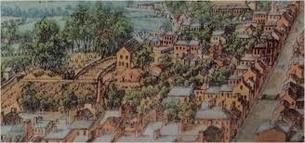 Frederick's All Saints' burying ground is to the right in this image from the 1854 Sachse lithograph Frederick's All Saints' burying ground is to the right in this image from the 1854 Sachse lithograph The remains of Lt. McPherson were returned to Frederick County in September for burial. I found another document that seems to imply that Edward’s brother, Dr. William Smith McPherson, Jr., went to Mexico to retrieve the lieutenant’s body and personal affects. Edward McPherson was originally buried in the Old All Saints burying ground adjacent Carroll Creek in downtown Frederick. This is where the McPhersons had a large underground crypt as well. Mount Olivet opened in 1854, and the All Saints Cemetery fell out of favor and into a state of disrepair and debauchery—no place for a respectable and noble ghost. On November 30th, 1867, the McPherson family would have Edward’s body re-interred to a family plot in Mount Olivet’s Area E/Lot 54. All I can say is that I hope the brave lieutenant is resting in peace, regardless of whether his spirit may still be residing at Auburn, keeping guard over that back stairway.
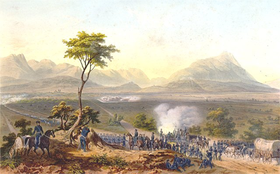 3rd Regiment of Dragoons (Mexican War Involvement) From History, Customs and Traditions of the 3rd Cavalry Regiment Blood and Steel On 17–18 April, 1847, the Regiment was engaged in fierce hand-to-hand fighting during the Battle of Cerro Gordo and were soon engaged again in the Battle of Contreras on 19 August. On 20 August 1847, General Winfield Scott, Commander of American Forces in Mexico, made a speech from which the first sixteen words have become important to the regiment. The regiment was bloodied and exhausted from the fierce fighting at Contreras, but even so, each man stood at attention as Scott approached. The General removed his hat, bowed low, and said: "Brave Rifles! Veterans! You have been baptized in fire and blood and have come out steel!" This accolade is emblazoned on the regimental coat of arms, and is the source of the regimental motto, "Blood and Steel" and nickname, "Brave Rifles." The Mounted Riflemen were soon after sent to engage in desperate fighting in the Battle of Churubusco later that day. Today, all enlisted personnel are required to loudly challenge all officers in the 3rd Cavalry Regiment with the portion of the regimental accolade given to the Regiment of Mounted Riflemen during the Mexican–American War. When an enlisted trooper is preparing to render military courtesy upon contact with an officer he will yell out "Brave Rifles" whereupon the officer will reply "Veterans."  On 8 September 1847, as US forces continued the drive to Mexico City, intelligence was received that a cannon foundry and a large supply of gunpowder was believed to be at Molino del Rey, 1,000 yards east of Chapultepec Castle. MAJ Edwin V. Sumner took 270 Riflemen to screen the American flank as the attack on Molino del Rey began. 4,000 Mexican cavalrymen were poised to attack the US flank, but Sumner's men navigated a deep ravine (considered impassable by the Mexican cavalry), charged, and defeated the vastly superior force. The climax to the regiment's participation in the Mexican War came on 13 September 1847when the brigade the regiment belonged to was ordered to support the assault on the fortress of Chapultepec, the site of the Mexican National Military Academy. A pair of hand-picked, 250-man storming parties were formed, including a large number of Mounted Riflemen under CPT Benjamin S. Roberts During the charge, a party of US Marines began to falter after their officers were lost, so Lt. Robert Morris of the regiment quickly took charge and led them to the top. While the fortress was being stormed, other elements of the regiment captured a Mexican artillery battery at the bottom of the castle. Leading the American forces, the regiment stormed into Mexico City at 1:20 pm. At 7:00 am on 14 September 1847, Sergeant James Manly of F Company and Captain Benjamin Roberts of C Company raised the National Colors over the National Palace while Captain Porter, commander of F Company, unfurled the regimental standard from the balcony. For the remainder of the regiment's tenure in Mexico, they would conduct police duty and chase stubborn guerrillas. However, they also took part in the battles of Matamoros on 23 November 1847, Galaxara on 24 November, and Santa Fe on 4 January 1848. The Regiment of Mounted Riflemen earned a reputation among Army leaders as a brave and tough unit; General Winfield Scott said “Where bloody work was to be done, ‘the Rifles’ was the cry, and there they were. All speak of them in terms of praise and admiration.” During the Mexican War, 11 troopers were commissioned from the ranks and 19 officers received brevet promotions for gallantry in action. Regimental losses in Mexico were approximately 4 officers and 40 men killed, 13 officers and 180 wounded (many of whom would eventually die), and 1 officer and 180 men who died of other causes. The Rifles finally departed Mexico on 7 July 1848 and arrived in New Orleans on the 17th. Their ship, the Aleck Scott, sailed them up the Mississippi River back to Jefferson Barracks, Missouri. Whatever happened to Lt. Joseph Harris Maddox, the man who killed Edward McPherson?
It appears that Lt. Maddox had a pretty adventurous life spent after the Mexican War. Here are a few clippings that tell the story.
3 Comments
Nancy Workman
3/12/2018 12:45:37 am
I recently moved to Frederick from Tucson AZ after my husband passed and havery family here. I really enjoy your articles and helps me to learn more about the place that is my new home Thank you for your information .
Reply
Brent Maddox
11/8/2018 01:19:06 am
The picture you have above is titled "Joseph Harris Maddox and family" The photograph is actually Joseph's son Ledoux Elgee Maddox along with his daughter Esther Belle Maddox and wife Mary Pearl Crouch. The lady standing in the back is Joseph's wife Laura Elizabeth Williams. I am a direct descendant of Joseph Harris Maddox and Laura Elizabeth Williams
Reply
6/12/2023 11:28:05 am
When it comes to AC maintenance, there are a few things that you can expect. First, you should expect to have your AC unit inspected on a regular basis. This will help to ensure that it is operating properly and that there are no potential problems. You should also expect to have your AC unit serviced every few years. This will help to keep it running smoothly and efficiently. Finally, you can expect to pay for AC maintenance services. However, these costs are typically very reasonable and can save you money in the long run by preventing major repairs or replacements.
Reply
Leave a Reply. |
STORIES
|
Archives
July 2024
June 2024
May 2024
April 2024
March 2024
February 2024
January 2024
December 2023
November 2023
September 2023
August 2023
July 2023
June 2023
May 2023
April 2023
March 2023
February 2023
January 2023
December 2022
November 2022
October 2022
September 2022
August 2022
July 2022
June 2022
May 2022
April 2022
March 2022
February 2022
January 2022
December 2021
November 2021
October 2021
September 2021
August 2021
July 2021
June 2021
May 2021
April 2021
March 2021
February 2021
January 2021
December 2020
November 2020
October 2020
September 2020
August 2020
July 2020
June 2020
May 2020
April 2020
March 2020
February 2020
January 2020
December 2019
November 2019
October 2019
September 2019
August 2019
July 2019
June 2019
May 2019
April 2019
March 2019
February 2019
January 2019
December 2018
November 2018
October 2018
September 2018
August 2018
July 2018
June 2018
May 2018
April 2018
March 2018
February 2018
January 2018
December 2017
November 2017
October 2017
September 2017
August 2017
July 2017
June 2017
May 2017
April 2017
March 2017
February 2017
January 2017
December 2016
November 2016


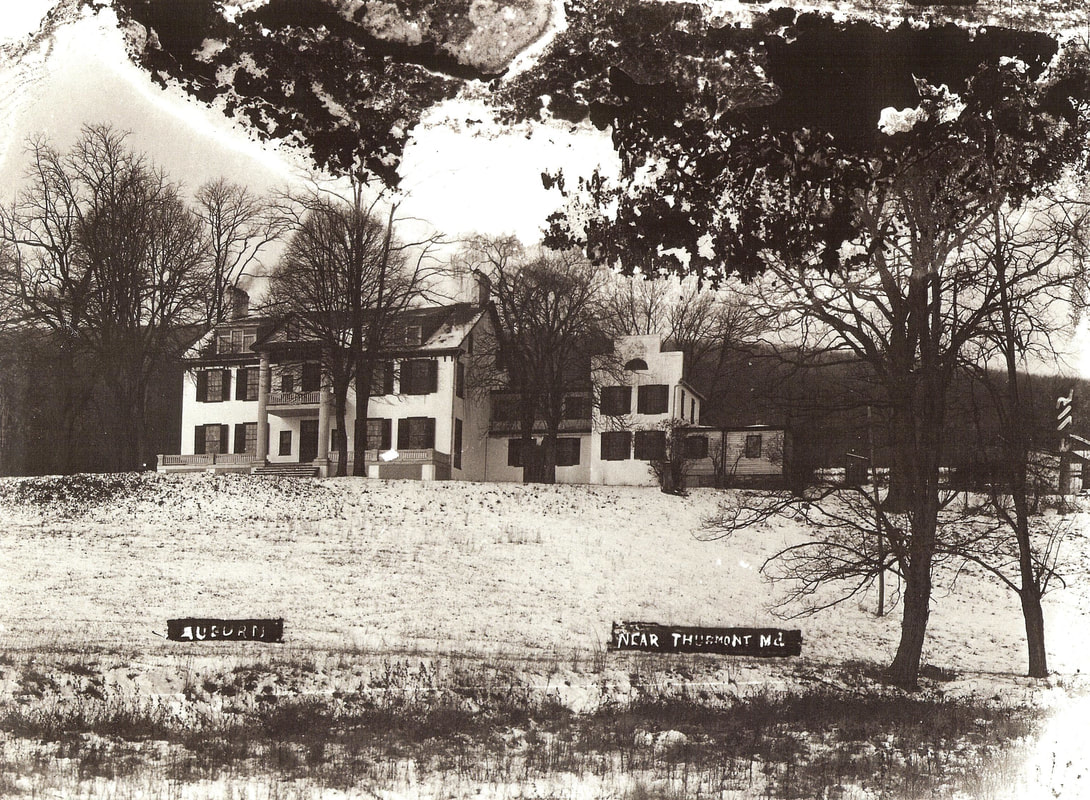










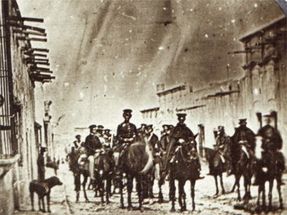





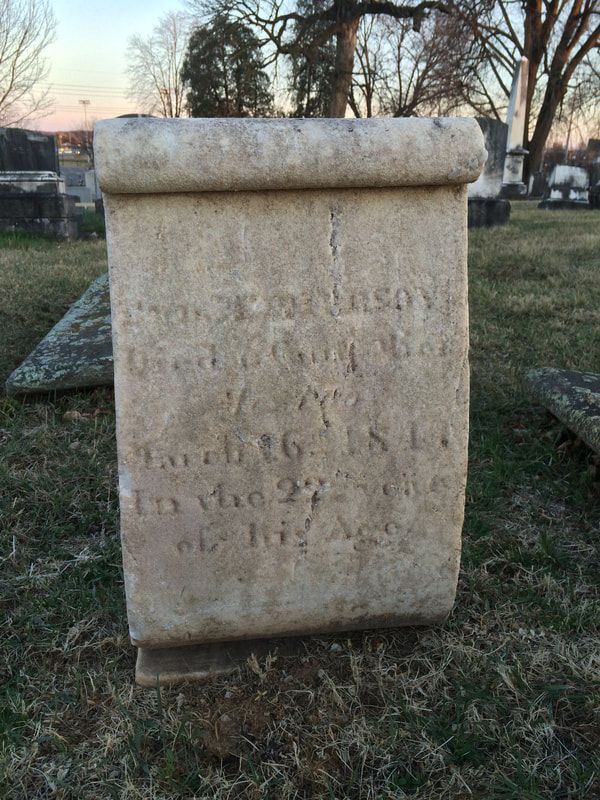



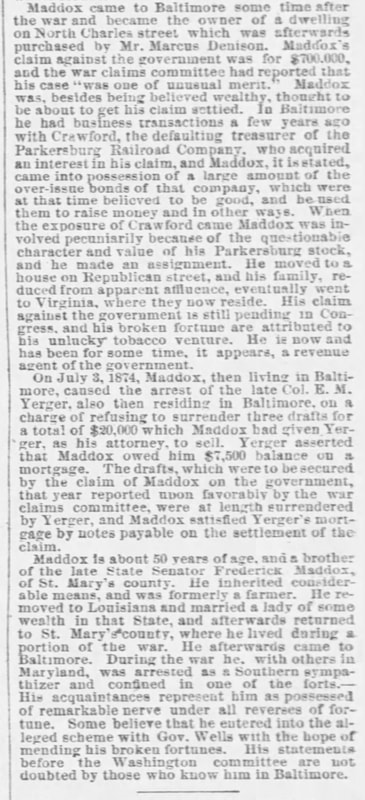



 RSS Feed
RSS Feed